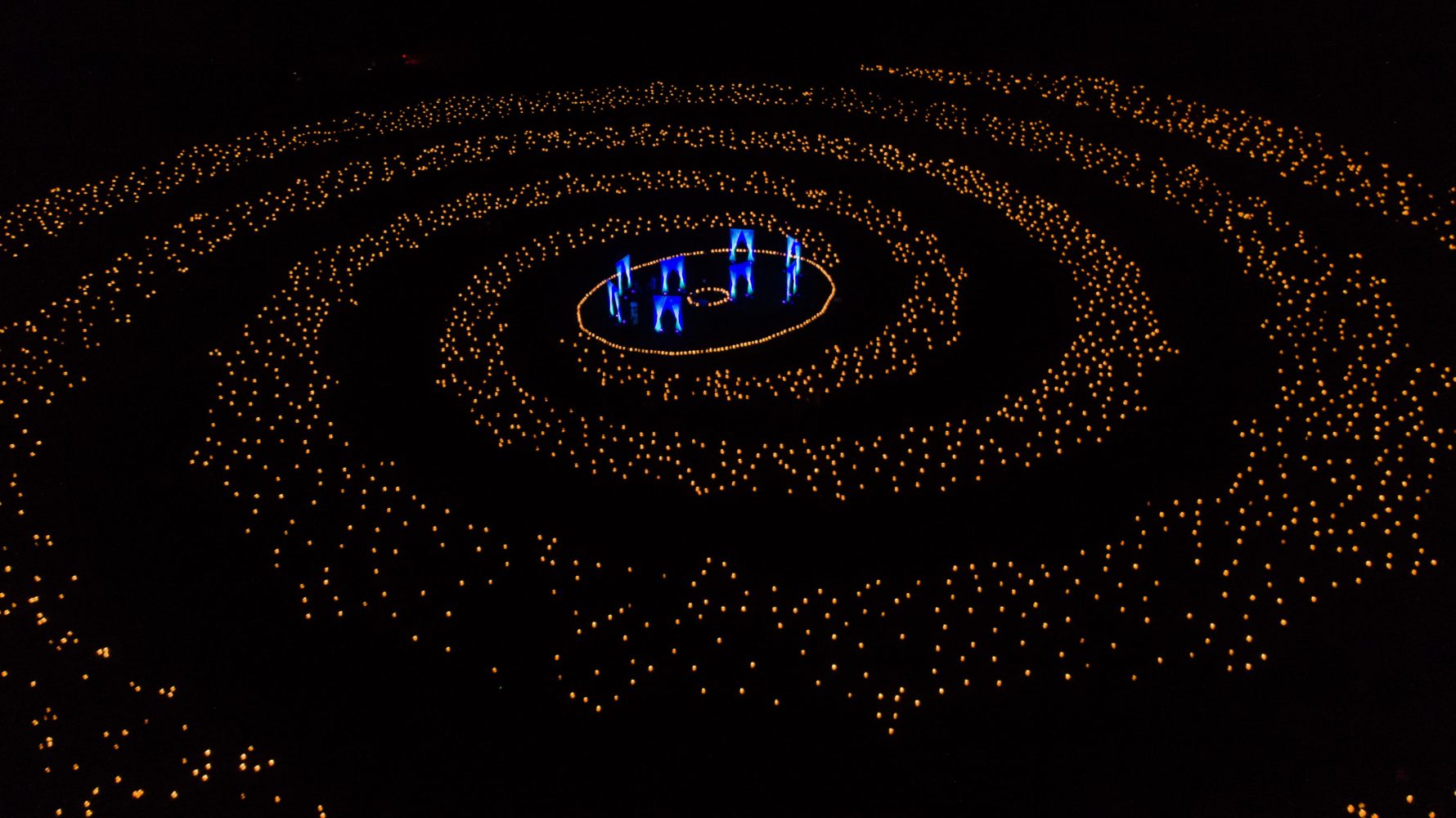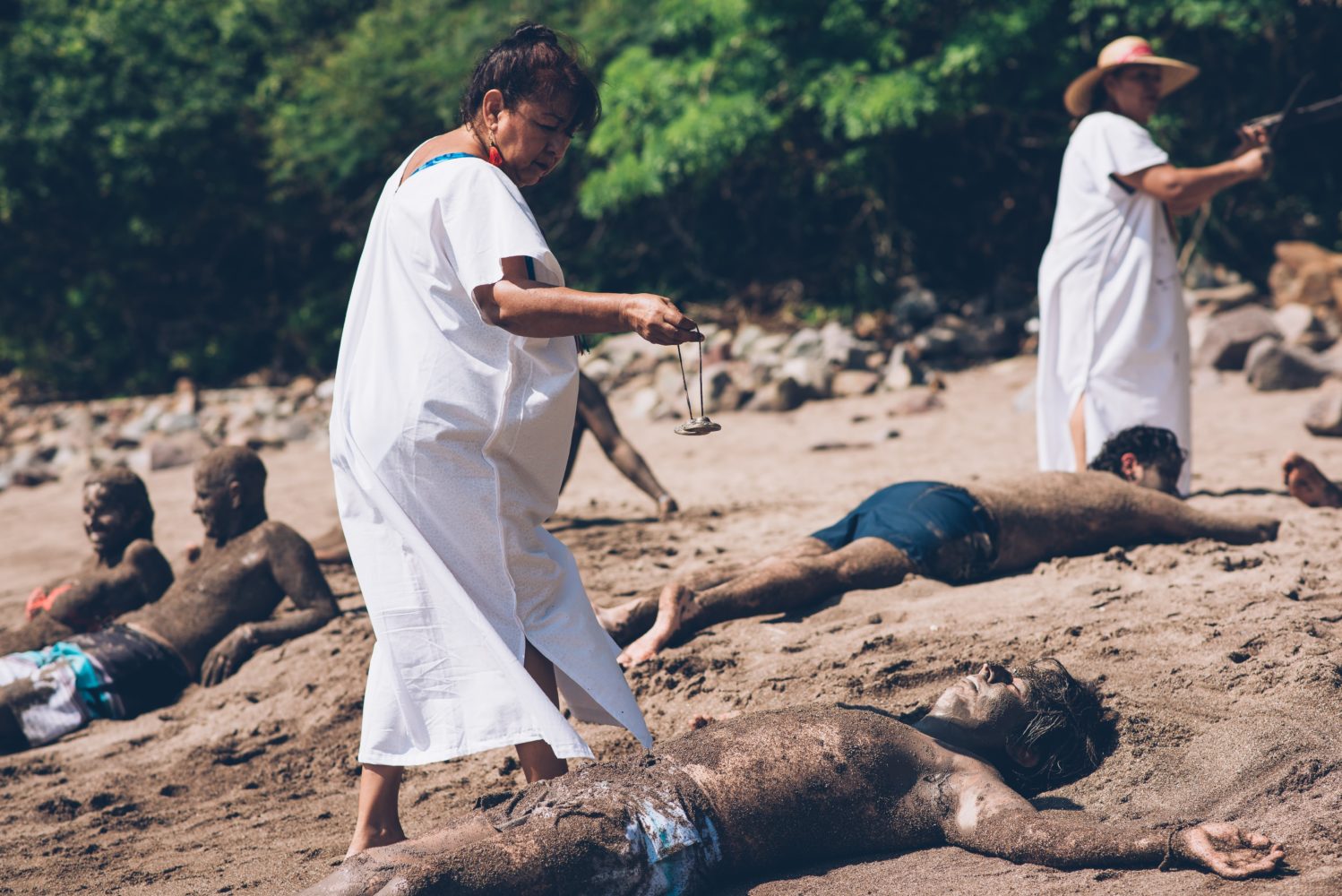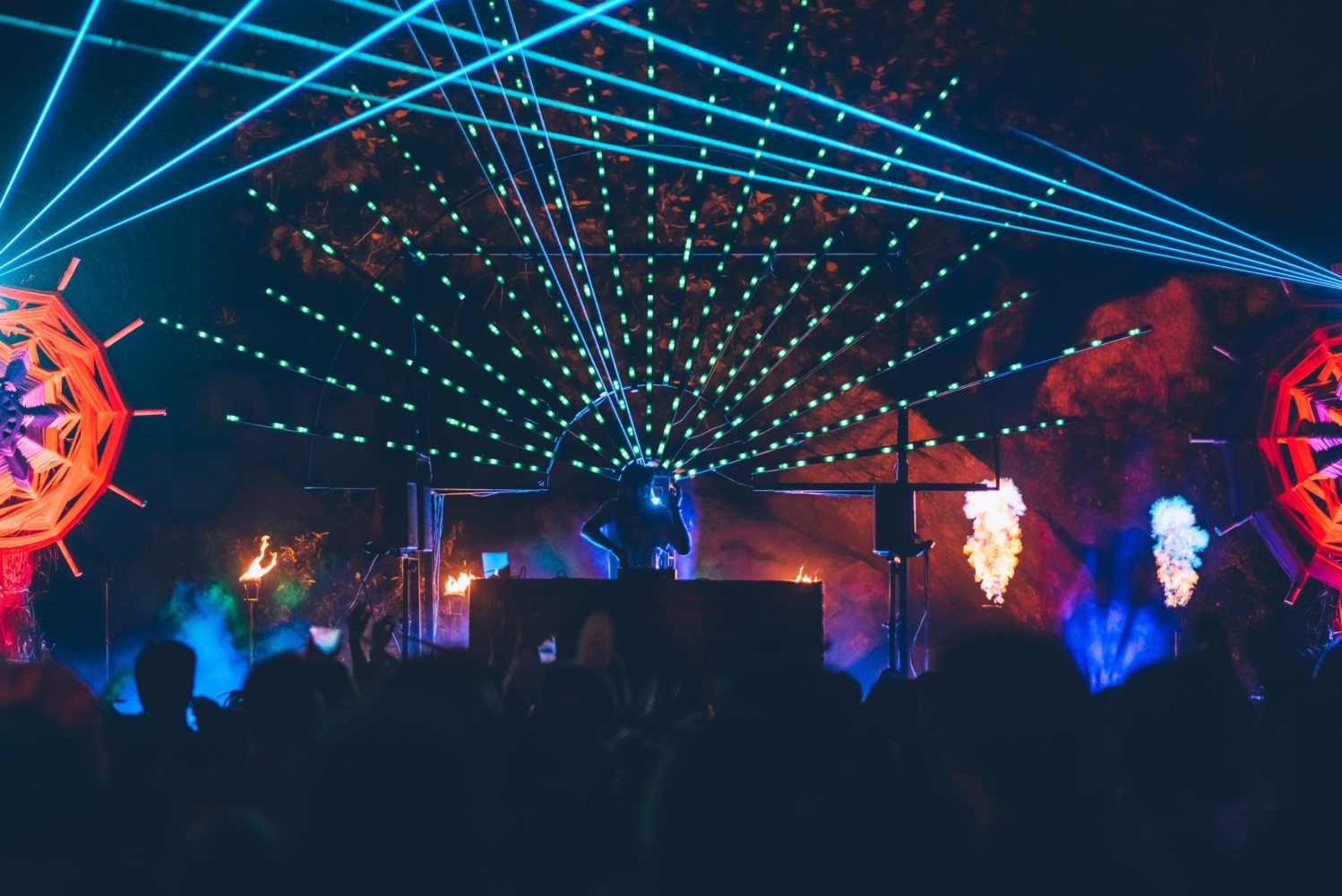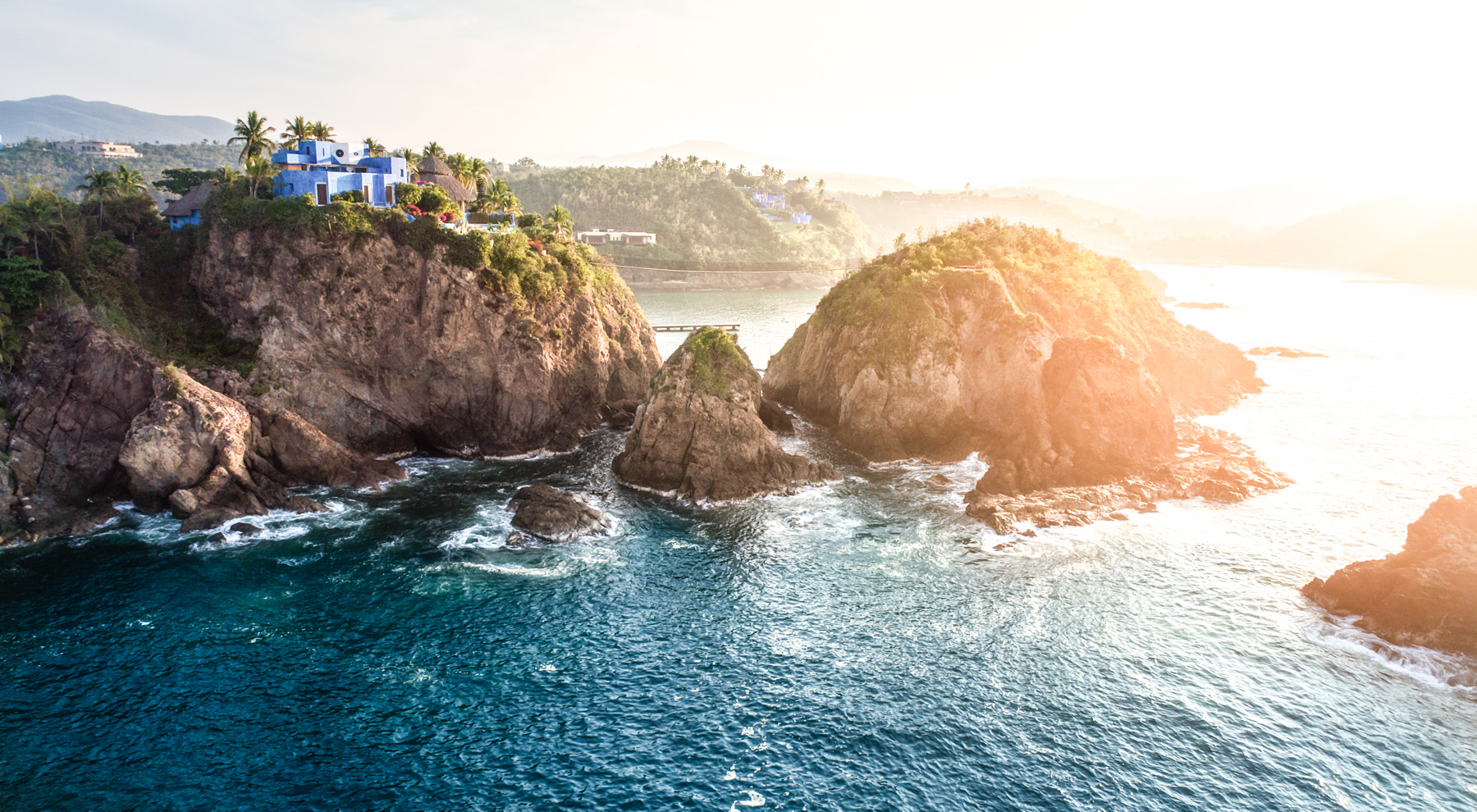In 2016, Lulu Luchaire launched the first Ondalinda festival in Careyes, Mexico with the help of Filippo Brignone, President of the Careyes Foundation. Luchaire was frustrated by the negative impact of tourist culture affecting previously untouched locations around the world, so she began Ondalinda as a means of promoting genuine cultural exchange in a way that benefits the local environment and its inhabitants.
For the 2019 edition of Ondalinda x Careyes, Luchaire invited festivalgoers to a four-day event themed around the multiverse and Mayan cosmology. During the week, attendees were given the chance to experience the magic of Careyes’ nature and enjoy a lineup of international entertainment and presenters, including names like Bob Moses, Marvin & Guy, Lovestrukk, and Ryan Herr, all while experiencing the crafts and traditions of the local people.

Courtesy of Ondalinda.
Guests from all over the world were able to connect over activities in music, culture, and art, facilitated by local artists and artisans in an aim toward sustainability and leaving the location in better shape than it was found.
To learn more about how Ondalinda began and what to expect in the future, Whitewall spoke with Luchaire.

Courtesy of Ondalinda.
WHITEWALL: Tell us about how Ondalinda was started.
LULU LUCHAIRE: Ondalinda was born in Cuba, actually. It was about six years ago when Obama opened the relationship between the US and Cuba. I realized that a lot of Americans hadn’t ever traveled—couldn’t travel—to Cuba and didn’t know a lot about the country.

Courtesy of Ondalinda.
I was always fascinated by the culture there and the music, and I thought it would be a beautiful thing to create a concert where American artists and Cuban artists share the stage.
The name Ondalinda actually comes from walking on the Malecon in Havana and seeing the waves breaking. So, the whole concept started there.
What drives Ondalinda is to celebrate a country’s culture; to bring an international group of people who travel a lot together so they can learn about a country’s culture and have a neutral and positive impact—whether it’s through sustainability, giving back, or understanding another country’s culture, and hiring people who work locally. For example, at Ondalinda in Mexico, I care about a lot that we do partner with all Mexican artisans, artists, and showcase Mexican culture.
WW: What inspired you to make Ondalinda different than the typical festival?
LL: With the price of traveling going down and more people reaching out to different remote places of the world, there’s been a lot of cultural exchange, which is amazing. But also, there is a lot of destruction of very pristine places—Tulum being one of the most recent famous ones.
I got really frustrated when I went to Tulum for New Year’s Eve and it was a massive party on the beach, when it could have been anywhere else. Nobody knew anything about Mexican culture, and it was a bit soulless. I realized the negative impact we had in terms of sustainability and how the infrastructure wasn’t ready for that.
I thought with Ondalinda, we can try to celebrate a culture when we travel to a country and get to learn a bit more about it. I’m not trying to blame anyone, but rather raise awareness on how we can potentially travel and live with each other socially and interact with different cultures.
That’s the real goal of Ondalinda. It’s a community of people that travels all over the place. We gather somewhere with the idea of getting to know a lot about the culture, giving back to local artisans, and really learning from each other how to live together in a different way and—hopefully—how to have a better impact on nature.
WW: Along with the Ondalinda festival, you have a foundation. Tell us about that.
LL: The Ondalinda Foundation is a project under the Many Hats Institute, which is a 501c3 based in Washington, DC, that works with a lot of different projects in Latin America.
I specifically work with the Wixarica—the Huichol people—indigenous tribe of Mexico, and the Purépecha. These are people that I came across when I was curating and creating the first Ondalinda version in Mexico. Because the idea is to have different ways to celebrate the country, part of it would be ancient, indigenous tribes like the Huichol.
WW: Do you want to take this concept to different locations?
LL: Yeah, so I’m going to do it like I do it here. I partnered with Filippo [Brignone] here, and we created Ondalinda x Careyes.
The same way, I’m probably going to do one in a year or year and a half in Rajasthan, India. I’ll partner with someone there locally and do the same thing. Again, the idea is to celebrate the culture there, give back to local artisans.






